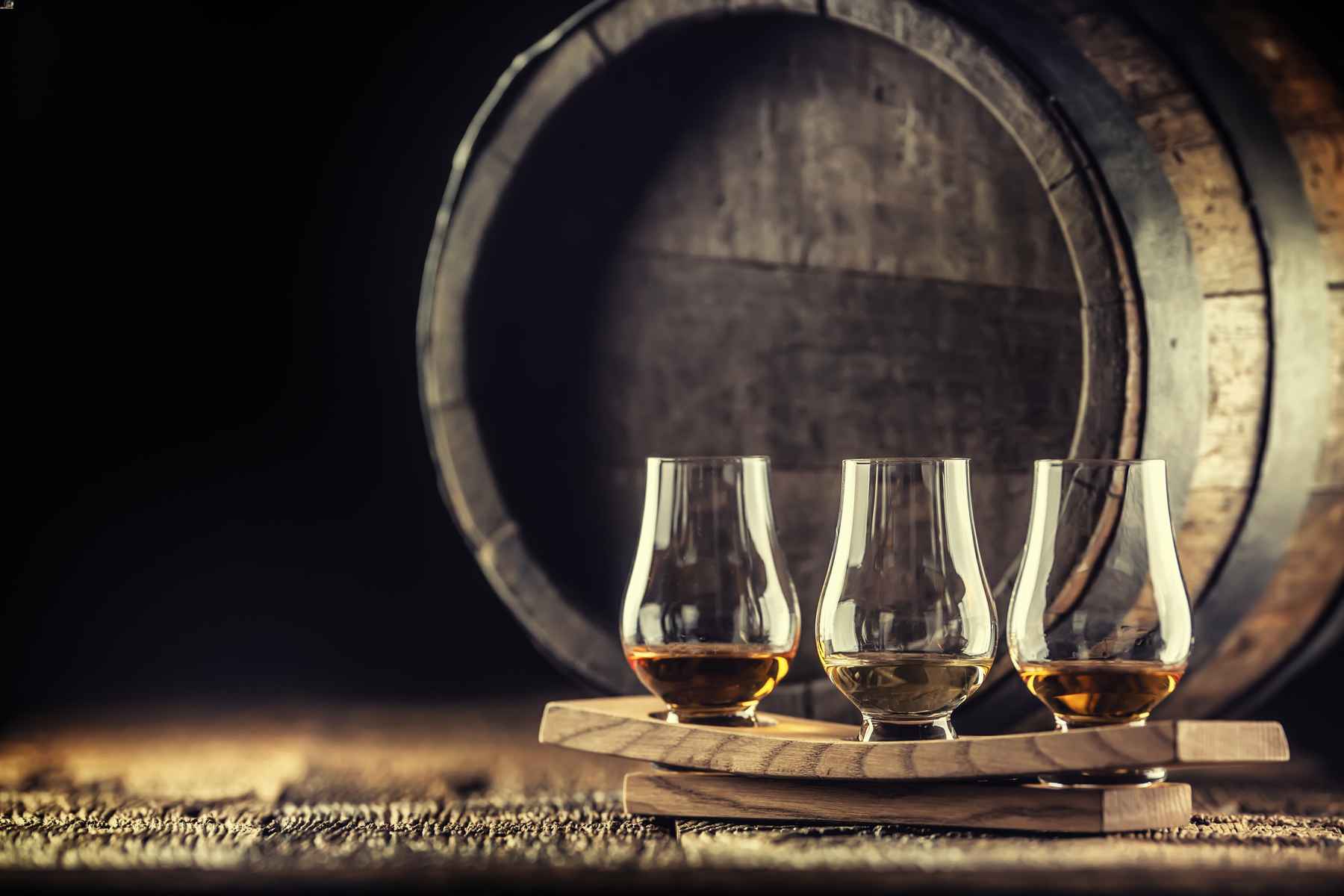Fact and Fiction: Whiskey
Dek goes here…
Think you’re a whiskey know-it-all? Let’s put your knowledge to the test. We researched the most common whiskey myths and brought in Ryan Negley, self-proclaimed “whiskey fellow” and brand manager for Boulder Spirits by Vapor Distillery, to give these fallacies some context.
Contrary to popular belief, whiskey’s color isn’t always natural.
Negley says: It’s incredibly common to expect artificial coloring in Scotch whiskies, as that’s literally in the definition of the Scotch Whisky Act. Some lower-tier blended American whiskeys will add coloring, as well. Either way, the main goal is consistency to the consumer….Most reputable American whiskey makers won’t need any coloring, as their aim is to make straight whiskey. (The term “straight” denotes the absence of added color.)
Older doesn’t always mean better. Sometimes it just means…older.
Negley says: Every whiskey has a sweet age spot depending on two things: the barrel and where it’s aged. Where it’s made typically determines what type of barrel is used. For instance, in the U.S., if you want to use the term “straight” on your whiskey, you must use a freshly charred oak barrel. Therefore, American whiskeys have first access to the freshly caramelized oak sugars heavy in vanilla, caramel, butterscotch, and toffee. In Scotland, nearly 97 percent of whisky aging is in used American (bourbon or other) barrels. So, they get the second use of this barrel that has been stripped of its surface sugars and color. To obtain a dark coloring, the Scotch whisky must now age for much longer.
[Then] add in the climate….Think of the warm weather of the U.S. as water, and the barrel is the tea. After a few minutes of steeping in warm U.S. water, the tea releases its color. This tea bag is then used a second time, but now with cooler Scottish water. It takes way longer to get that same effect, if it ever does. That American whiskey in its warmer climate will expand more and more often than cooler-climate whiskeys, which means it will access tannins in the non-charred oak. Over time, these tannins tend to overpower the [whiskey’s] sweetness and [it] becomes over-oaked. Take that one step further and add in a climate such as Colorado that is not only warm, but dry as well, and there’s even more risk of over-oaking. Many American distillers will agree that six to eight years is a sweet spot for many American whiskeys, and if they taste great older, so be it.
Despite what anyone says, not all bourbon is made in Kentucky.
Negley says: There’s absolutely fantastic bourbon from Kentucky, but there’s even better history, which makes the whiskey taste just a little bit better. The truth is, bourbon is made in all 50 states and the District of Columbia. I’ve really enjoyed some great Texas bourbons, great Iowa bourbons, and some really fantastic Indiana bourbons, but Colorado still has my heart. We produce such a unique spectrum of flavors with our different microclimates and non-traditional recipes. Peach Street’s 5 Year is a great example. Law’s bottled-in-bond whiskeys and Leopold Bros. also come to mind.
Don’t tell your college self, but Fireball isn’t real whiskey.
Negley says: Luckily, the core whiskey consumer and the Fireball drinker don’t have a heavy overlay in a Venn diagram. Fireball has sugar added. Once that happens, no matter the quality of the “whiskey” you start with, it’s no longer whiskey. It’s a joke with some of my old bartender friends to welcome me, the whiskey guy, with a shot of Fireball. I hate it every time.
Did we miss anything?
Negley says: If you’re interested whether the company on the label of the bottle actually distilled that whiskey, it’ll say it on the back. “Distilled by” means that whiskey was made by the company on that label or the distillery noted. “Produced by” means that most likely the whiskey was made by another company. Point being, read your labels!
Talk to us! Email your experiences (and thoughts, opinions, and questions—anything, really) to askus@diningout.com.
